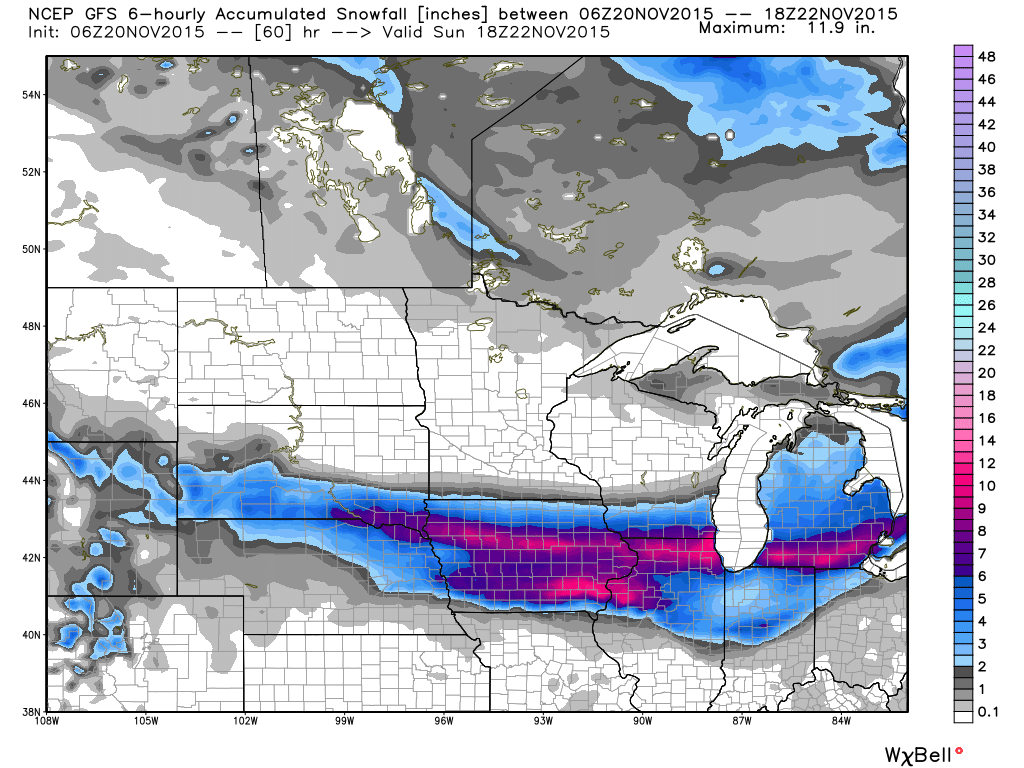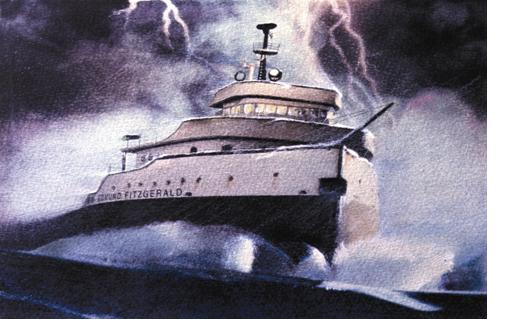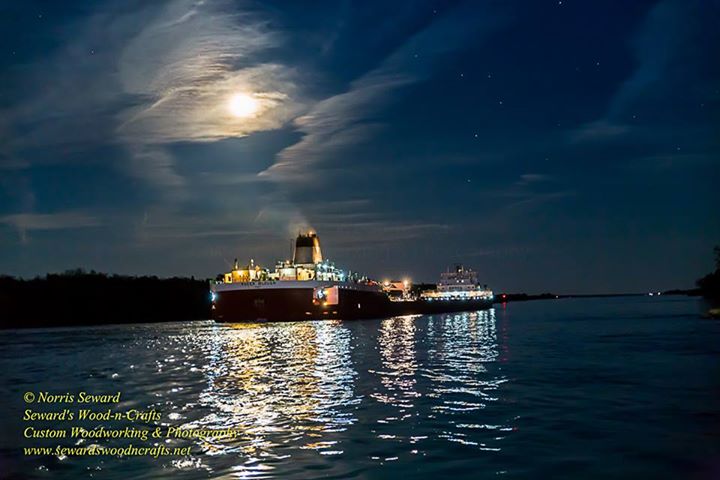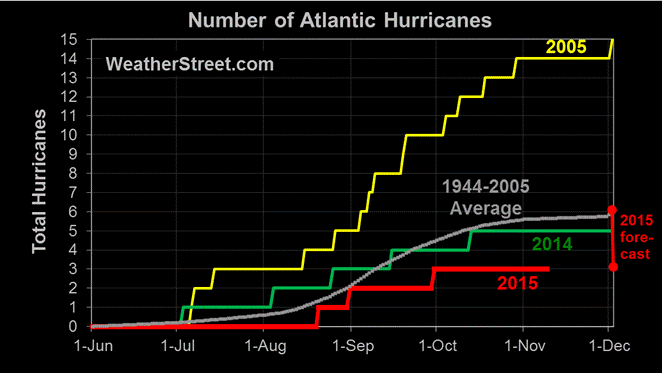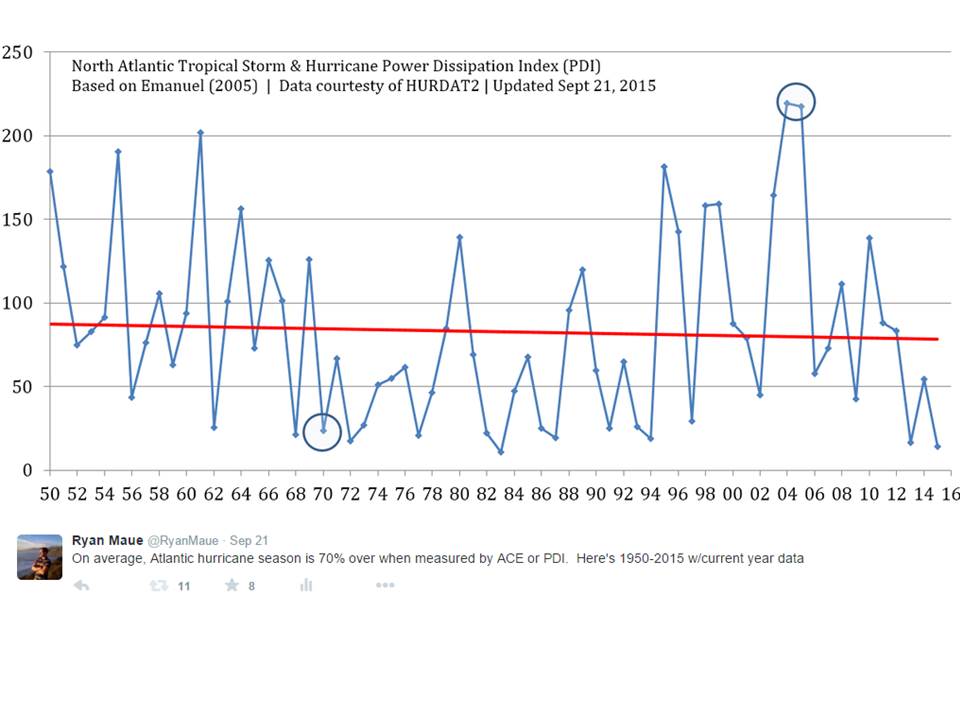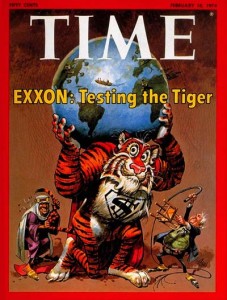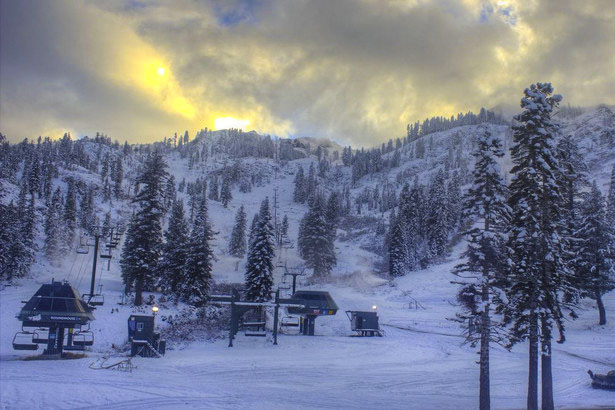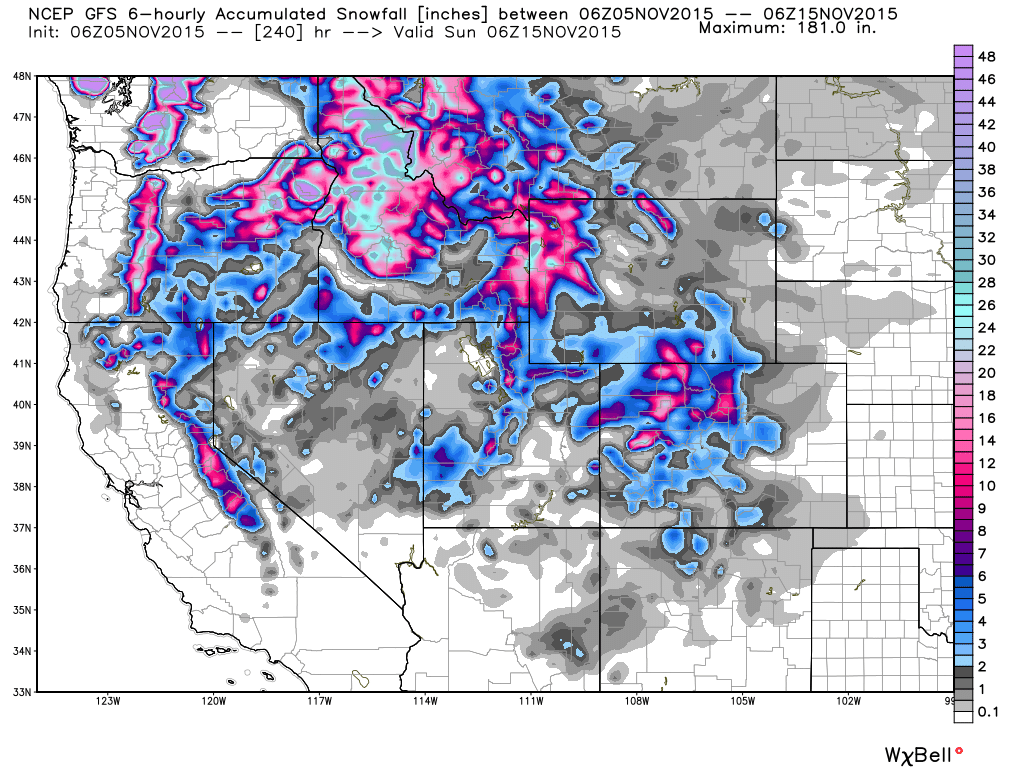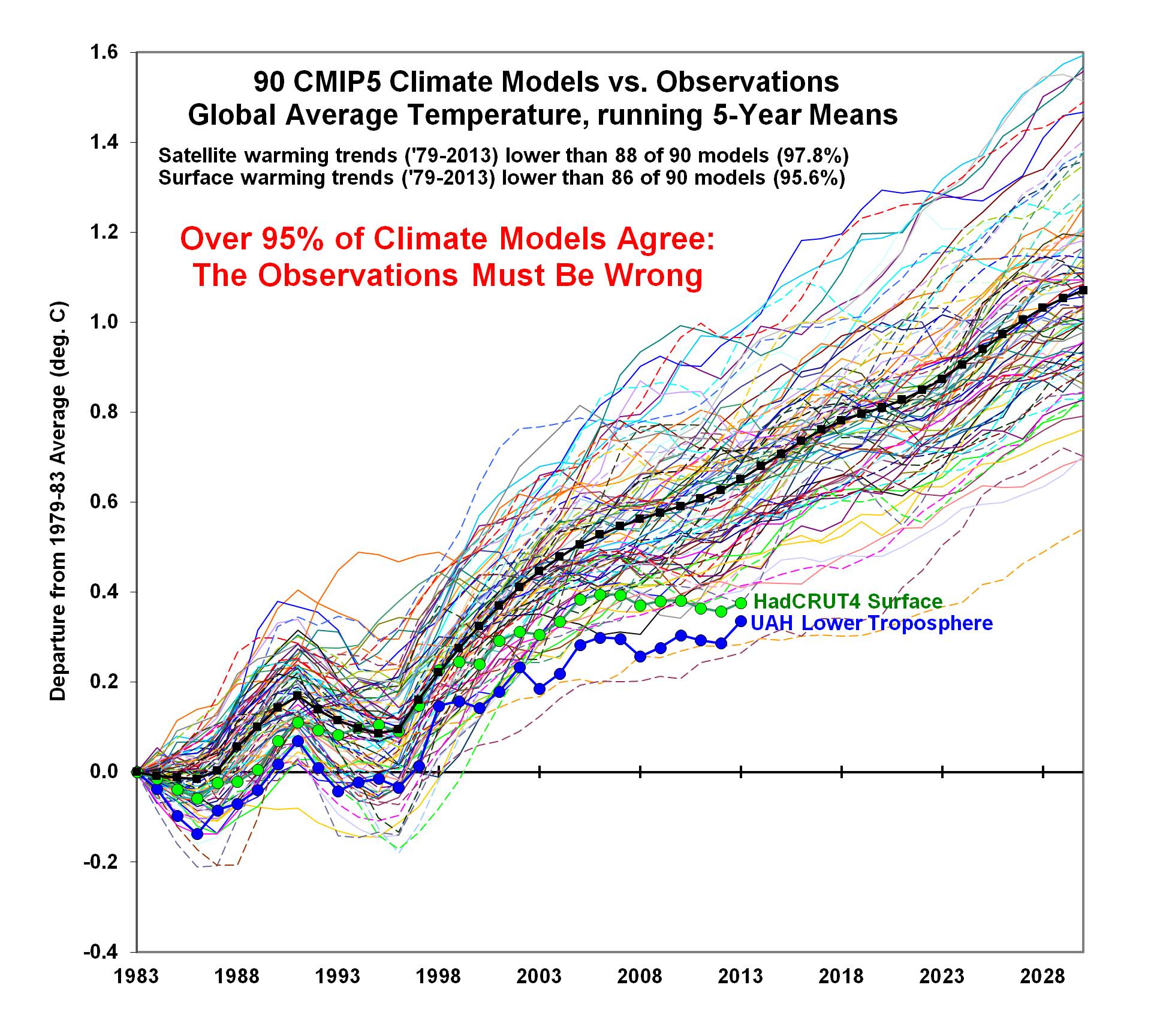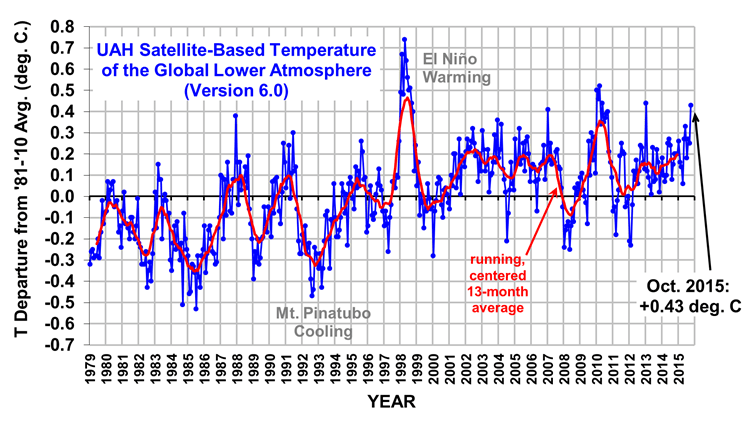Spoiler alert…the following contains spoilers about what the Paris COP21 climate conference this week will actually accomplish.
 Human-caused global warming and climate change is an interesting human malady. No matter whether you consider it a physical or emotional ailment, many of us simply know it to be true.
Human-caused global warming and climate change is an interesting human malady. No matter whether you consider it a physical or emotional ailment, many of us simply know it to be true.
Many of us have personally experienced it in a heat wave, snow storm, hurricane, etc., which now feel different than they used to when they were mere weather events.
For example, Senator Debbie Stabenow (D-MI) in 2009 declared, “Global warming creates volatility and I feel it when I’m flying. The storms are more volatile.”
This affliction will actually be greatly alleviated this week as those who have been stricken with it take a collective placebo pill in the form of yet another Earth-saving international agreement to reduce global greenhouse gas emissions.
SPOILER: We already know that the pill has no actual medicine in it. The commitments (or non-commitments) by various countries of the world have already been submitted and analyzed. And the prognosis is this: the agreements will have an unmeasurable effect on global temperatures, no matter what you believe about the human influence on climate.
But there is good news! The world will swallow that pill, and then experience a collective sigh of relief, for we will have done something to Save the Earth!
Those who most believe in human-caused climate change will hopefully receive the most relief of their symptoms. I saw some of these people at previous COP meetings in Montreal and Cancun. I described my first experience in Montreal at the 2005 COP11 as culture shock. People dressed up in all kinds of costumes meant to draw attention to whatever portion of the Earth is supposedly suffering from your SUV. Polar bear costumes are especially popular. Meanwhile, a frigid winter wind was blowing outside, which I was ill-equipped to handle despite being from northern Michigan.
The people participating in COPXX meetings are easily convinced that polar bears are disappearing…even though they haven’t been. They are convinced CO2 is a poison, even though it is necessary for life to exist on Earth—and, given that, is in amazingly short supply.
Later, at the 2009 COP16 in Cancun, I debated Daryl Hannah on TV, who seemed very informed on alternative energy strategies until we were off-camera and she told me we just need to switch to all renewables right away. The fact is that doing such a thing is a physical impossibility, unless you want to relegate humanity to a new Stone Age.
Even though I’m asked, I’ve stopped attending the COPXX meetings because what little remains of my mental health is too precious to me. In addition to my climate research dealing with physics and actual numbers, I must also already deal with a steady stream of interactions with the public and the media involving feelings and beliefs. I am ill-equipped to handle the latter, but it now goes with the territory in a climate scientist’s life.
So, as the United Nations declares yet another a landmark agreement to Save the Earth, just remember…sometimes placebos really do work. The danger, though, is that the politicians of the world will be emboldened to manufacture ever greater quantities of placebos, at ever-increasing costs to humanity.

 Home/Blog
Home/Blog